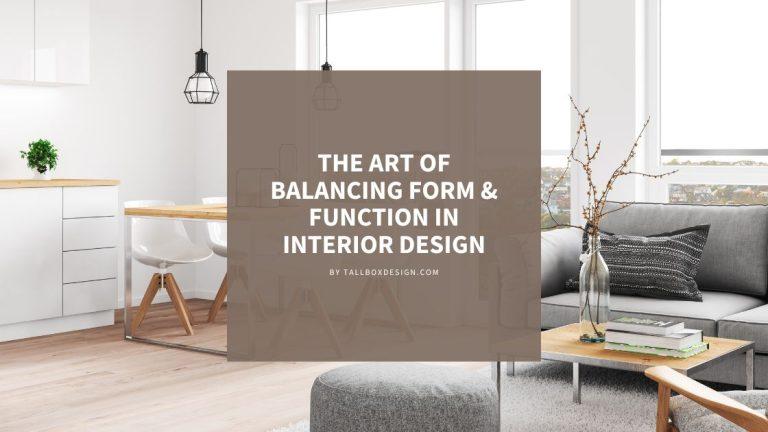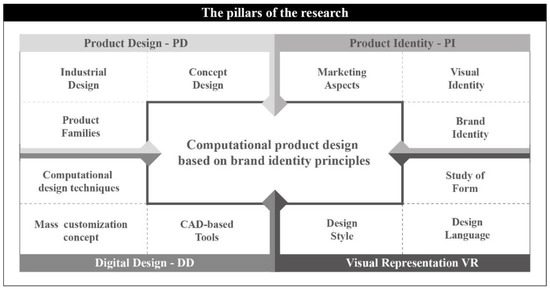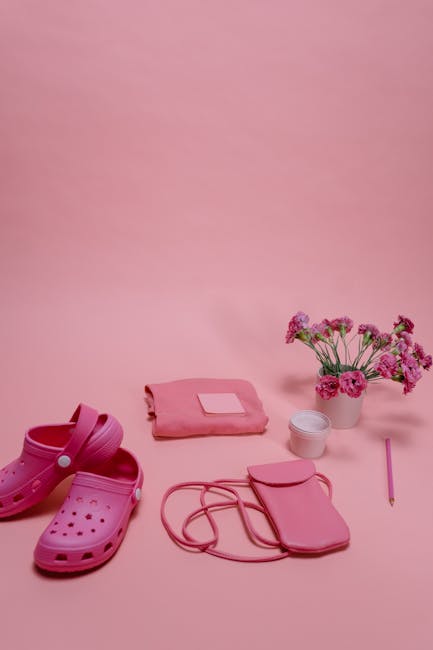
In a world where first impressions can make or break your brand, logos are like the flashy accessories that complete your outfit. But what if I told you that behind every sleek and sophisticated logo lies a secret weapon – architectural thinking! Forget about just slapping together some colors and shapes, we’re about to take logo design to a whole new level of sophistication. So grab your hard hat and get ready to see how architects are declaring war on mundane logos everywhere.
Understanding Architectural Thinking
So you think you have what it takes to understand architectural thinking, huh? Well, buckle up because we’re about to take a journey through the incredibly complex and often confusing world of architecture.
First things first, forget everything you thought you knew about buildings. Architectural thinking isn’t just about picking out pretty colors and creating fancy floor plans. It’s about understanding how structures interact with their environment, how people experience space, and how to push the boundaries of design.
One key aspect of architectural thinking is the ability to see the big picture while also paying attention to the tiniest details. It’s like being both a master strategist and a meticulous craftsman at the same time. If you can’t handle the pressure of making decisions that will impact the way people live and work, then architectural thinking might not be for you.
So if you’re ready to dive headfirst into the world of architectural thinking, be prepared to think outside the box, challenge conventional wisdom, and embrace the chaos of creativity. Just remember, it’s not for the faint of heart, but for those willing to take on the challenge, the rewards are endless.

Incorporating Spatial Awareness in Logo Design
When designing a logo, it’s important to consider spatial awareness to ensure your design is visually appealing and balanced. Here are some tips to help you incorporate spatial awareness into your logo design:
- Utilize negative space to create hidden elements or shapes within your logo. This adds depth and intrigue to your design.
- Pay attention to the spacing between elements in your logo. Make sure they are evenly distributed and don’t overlap in a chaotic mess. Remember, every element needs its own space to shine!
- Experiment with different sizes and proportions of elements in your logo. Playing around with scale can create a sense of hierarchy and draw attention to the most important elements.
Remember, less is more when it comes to spatial awareness in logo design. Don’t overcrowd your design with unnecessary elements – sometimes simplicity is the key to a strong and impactful logo. By focusing on spatial relationships between elements, you can create a logo that is not only visually appealing but also effectively communicates your brand’s message.

Utilizing Geometry and Structure for Brand Identity
When it comes to brand identity, utilizing geometry and structure can really shape your company’s image. And no, we’re not talking about boring old shapes and angles – we’re talking about using them in a way that’s as unique and eye-catching as a three-legged unicorn!
By incorporating geometric patterns and structures into your logo, website design, and marketing materials, you can create a sense of order and symmetry that will make your brand stand out from the crowd. It’s like having a perfectly lined-up row of ducks at a quacky fashion show - everyone will be looking your way!
Think about using shapes like squares, circles, and triangles to convey different meanings and evoke specific emotions. For example, circles can represent unity and integrity, while triangles can symbolize growth and strength. It’s like having a secret code that only those in the know can decode – those shapes aren’t just for geometry class anymore!
So get creative with your brand identity and let geometry and structure be your guiding lights. Who knew that a little bit of math could go such a long way in making your brand truly unforgettable? Go forth and conquer the world – one perfectly angled logo at a time!

Exploring Symmetry and Balance in Logos
Ever noticed how the most iconic logos have a perfect balance of symmetry? It’s like they were designed by a secret society of logo wizards who understood the power of visual harmony. From the golden arches of McDonald’s to the swoosh of Nike, symmetry reigns supreme in the world of branding.
So what exactly is symmetry, you ask? It’s like the yin and yang of design – a perfect equilibrium between elements that just feels right. Think of it as the left side of your logo high-fiving the right side, saying, “We got this!”
But balance is crucial too. A logo can have all the symmetry in the world, but if it’s not balanced, it’s like a seesaw with a sumo wrestler on one side and a squirrel on the other – something’s off. A balanced logo is like a trapeze artist on a tightrope – it just works.
Next time you see a logo out in the wild, take a moment to appreciate the dance of symmetry and balance that makes it tick. And remember, a logo that lives in harmony, stays in the minds of consumers for a lifetime.

Creating Depth and Dimension with Architectural Elements
When it comes to elevating your space from “meh” to “wow”, architectural elements are your best friends. These magical pieces can transform a flat, boring room into a multi-dimensional paradise. Want to know how to create depth and dimension like a pro? Keep reading!
First off, let’s talk about **moldings**. These bad boys are like the cherry on top of a sundae – they add that extra oomph that takes your room from basic to boujee. Crown moldings, chair railings, and baseboards are all great options for adding layers and texture to your walls. Plus, they make for a fun game of “the floor is lava” for your guests!
Next up, we have **archways**. Think of these as the portals to Narnia in your home. Not only do archways create visual interest, but they also help to separate spaces without closing them off completely. Want to feel like you’re walking into a fairy tale every time you enter your living room? Archways are the way to go.
Don’t forget about **columns**! These sturdy pillars are not just for holding up your ceiling – they’re also great for adding a touch of grandeur to any room. And hey, who doesn’t want to feel like they’re living in a Roman palace? Go big with oversized columns or keep it sleek with modern, minimalist ones – the choice is yours!
Embracing Minimalism and Clean Lines in Logo Design
When it comes to logo design, simplicity is key. Minimalism and clean lines are not just design trends, they are a way of life. Embracing this ethos in your logo design can result in a sleek and timeless brand identity that truly stands out. Here are some tips on how to achieve minimalism and clean lines in your logo designs:
- Less is More: Don’t clutter your logo with unnecessary elements. Stick to the essentials and focus on conveying your brand’s message in the simplest way possible.
- Use Negative Space: Utilize negative space to create clever and visually appealing designs. Negative space can help highlight certain elements of your logo and make it more memorable.
- Avoid Complex Shapes: Keep your shapes and lines simple and clean. Avoid intricate designs that can distract from your brand’s message.
Bold is Beautiful: Don’t be afraid to use bold and striking fonts in your logo design. Bold typography can make a strong statement and help your logo stand out from the crowd. Remember, minimalism doesn’t mean boring – it means focusing on what truly matters and cutting out the clutter. So, embrace minimalism and clean lines in your logo design and watch your brand shine!
FAQs
What is architectural thinking in logo design?
Architectural thinking in logo design involves approaching the creation of a logo from a spatial perspective, considering how different elements of the design interact with each other to create a cohesive and visually appealing whole.
How does architectural thinking impact the design process?
Architectural thinking forces designers to consider not just the individual components of a logo, but how they fit together to form a unified structure. This can result in more thoughtful and intentional designs that convey a clear message to the audience.
Can you give an example of architectural thinking in logo design?
Sure! Imagine a logo for a company that sells environmentally friendly home products. An architecturally minded designer might incorporate elements like a tree growing through a house or a cloud shaped like a lightbulb to convey the company’s focus on sustainability and natural living.
How can someone apply architectural thinking to their own logo design process?
To apply architectural thinking to logo design, start by carefully considering the relationship between each element of the design. Think about how they interact with each other in terms of size, shape, color, and placement to create a harmonious composition.
Onward and Upward!
And just like that, we’ve reached the end of our journey through the wild world of architectural thinking in logo design. Remember, next time you’re faced with a blank canvas and a daunting task ahead, just think like an architect and watch the magic happen! Keep dreaming big and designing bigger - the sky’s the limit (or should I say, the skyscraper’s the limit?) Stay creative, stay inspired, and keep those blueprints handy. Happy designing!











